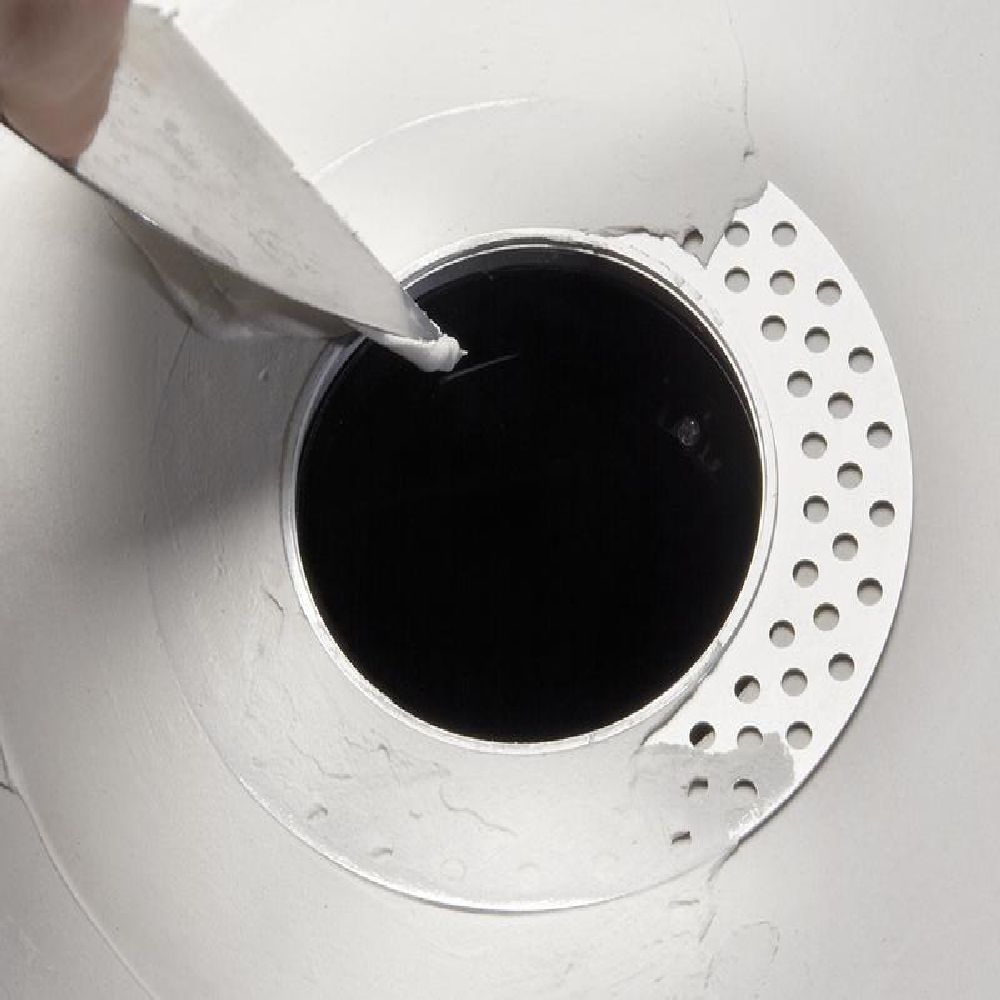

during his temporary absence and that he has not seen or heard from her since that time. His only explanation of his wife's disappearance has been that she left home in her car about 4:30 p.m. There was no evidence of violence or other means of death used upon her and no body, or part of a body has been found. Scott simply disappeared from her house, dropped out of sight, and has not been heard from. If it were not so we would have to hold the evidence insufficient to support the verdict.
#MULLIGAN PLASTER RINGS TRIAL#
It is not claimed that in a trial for murder the death of a missing person and the use of criminal means to accomplish death cannot be proved by circumstantial evidence, provided it is sufficient to preclude every reasonable theory of innocence of the accused. The principal contention is that there was insufficient evidence to establish the corpus delicti. He appeals from the judgment and an order denying his motion for a new trial. The trial to a jury resulted in a conviction of murder of the first degree and pursuant to a verdict fixing the penalty appellant was sentenced to life imprisonment. The count charging murder was tried the others were removed from the trial calendar and were not tried. He was indicted by the Los Angeles County Grand Jury in October, 1956, for murder, for nine offenses of forgery and four offenses of grand theft.

Ewing Scott was convicted of the murder of his wife Evelyn, who disappeared from her home May 16, 1955. Alarcon, and Lewis Watnick, Deputy District Attorneys, for Respondent. Bowler, Chief Deputy District Attorney, J. McKesson, District Attorney (Los Angeles), Manley J.

James, Assistant Attorney General, William B. Stanley Mosk, Attorney General, William E.


 0 kommentar(er)
0 kommentar(er)
